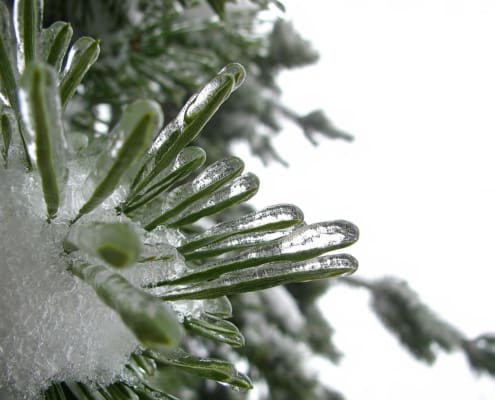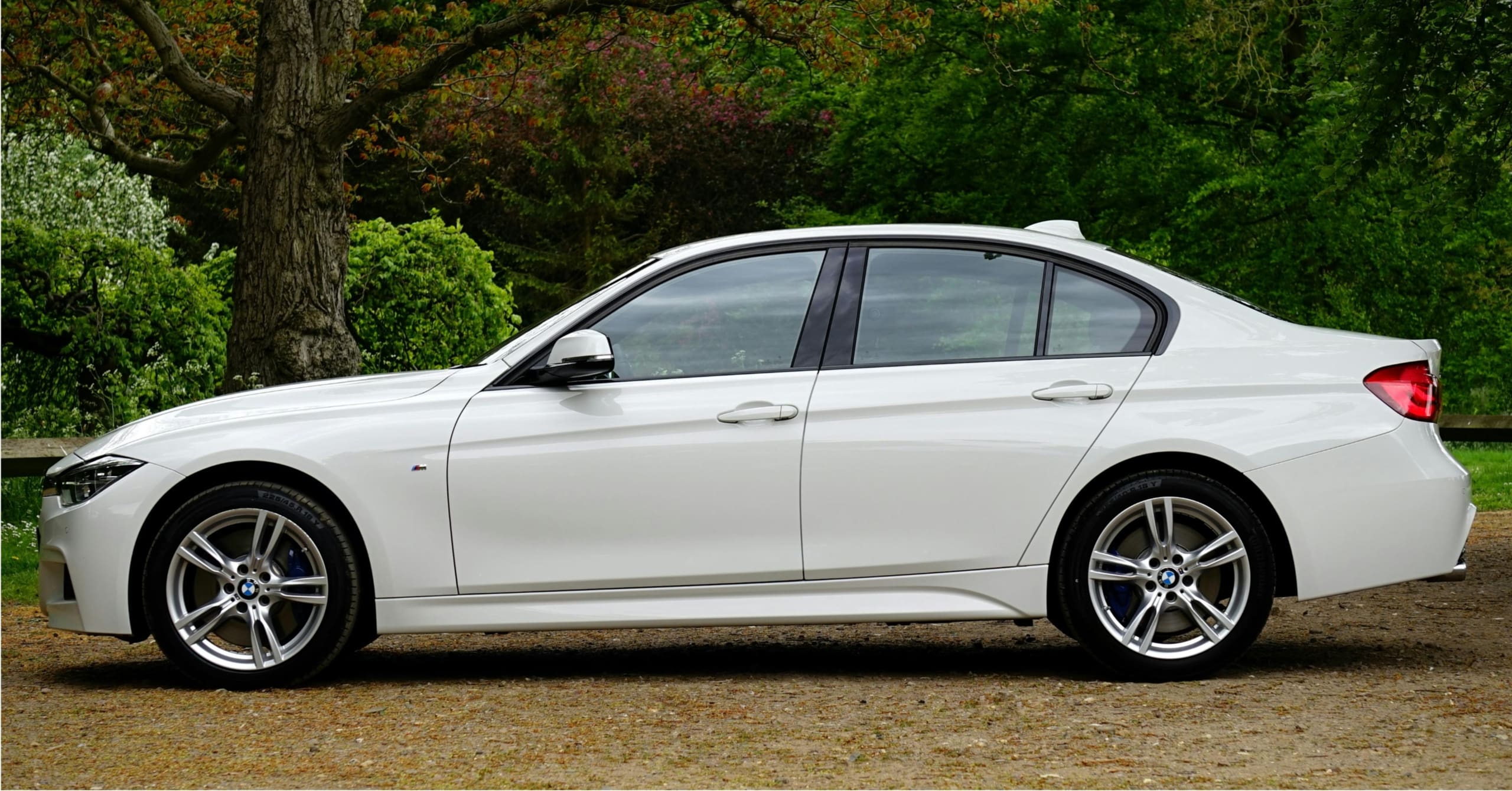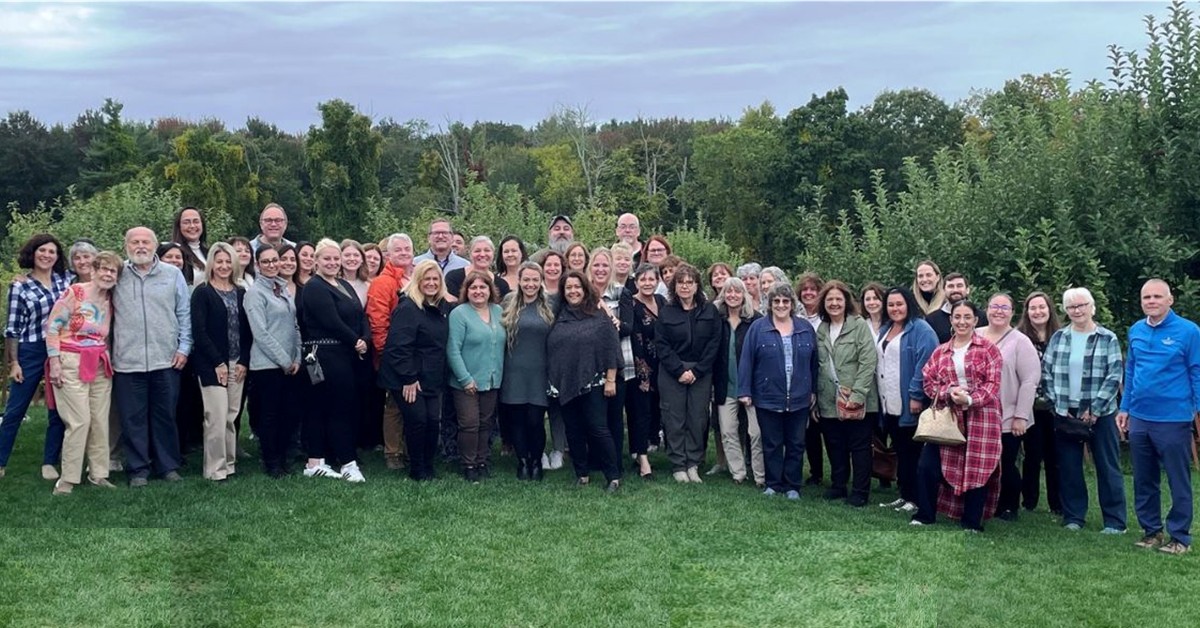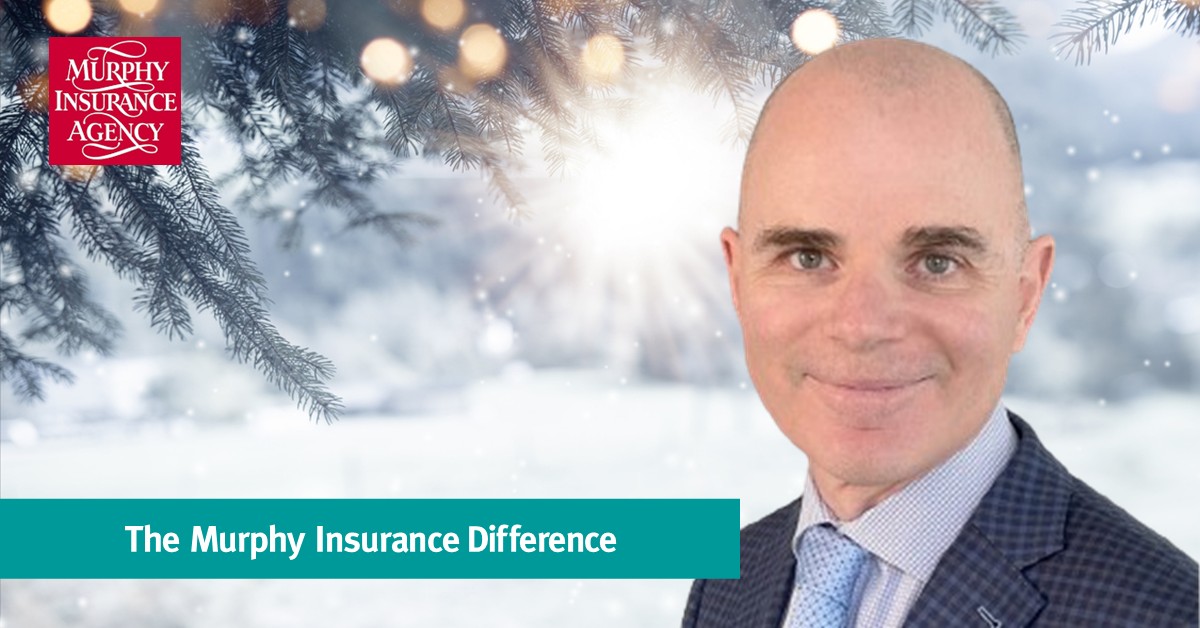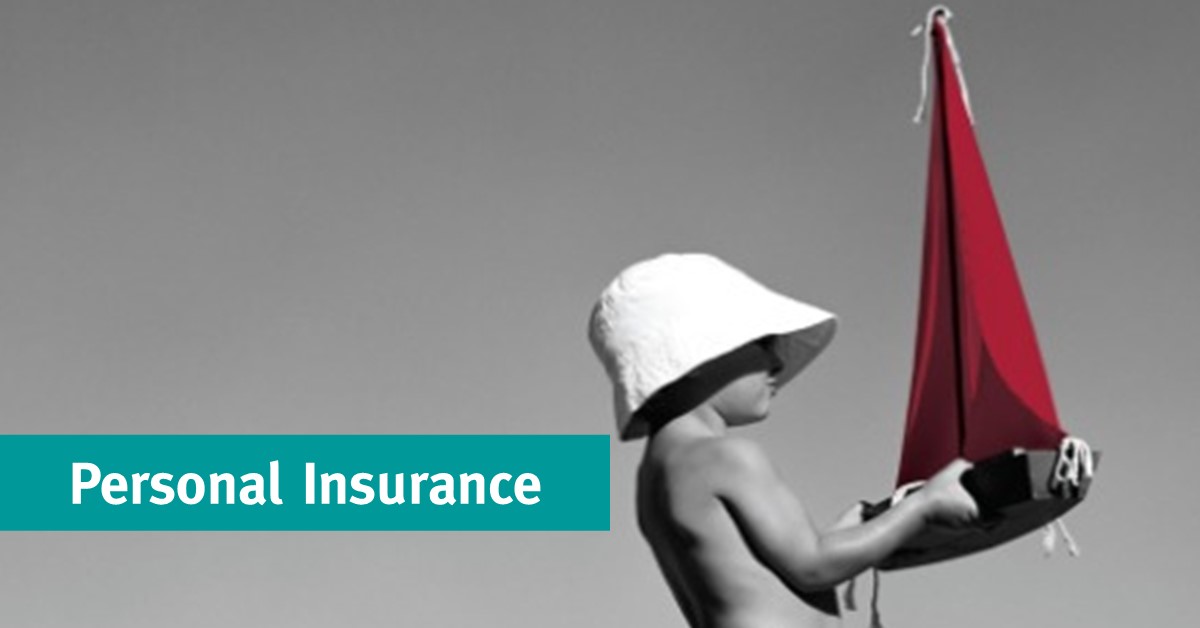Simple steps to make your home safer, warmer, and less expensive to live in
Ice, snow, and wind can have devastating consequences on your home; fortunately, you can take precautions to avoid winter-related damage.
Remember, the time to winterize is when the leaves begin to turn and not when the snow begins to fall.
Outside
Clean out gutters. Remove leaves, sticks, and other debris from gutters so melting snow and ice can flow freely. This can prevent ice damming, which happens when water cannot drain through the gutters and instead seeps into the house, causing water to drip from the ceiling and walls.
Install gutter guards. Gutter guards prevent debris from entering the gutter and interfering with water flow from the house and into the ground.
Trim trees and remove dead branches. Ice, snow, and wind could cause weak trees or branches to break free, damage your home or car, or injure someone walking by your property.
Repair steps and handrails. Broken stairs and banisters can become lethal when covered with snow and ice.
Seal cracks and holes in outside walls and foundations. Use caulking to seal cracks and wall openings to prevent cold air and moisture from entering your home. Caulk and install weather stripping around windows and doors to prevent warm air from leaking out and cold air from blowing in.
Inside
Keep the house warm. Set the thermostat no lower than 65 degrees to keep pipes from freezing inside the walls of your house, where temperatures can be much colder.
Add extra insulation to attics, basements, and crawl spaces. Too much heat escaping through the attic can cause snow or ice to melt on the roof. Water then can refreeze, leading to more ice build-up—and even ice dams that can damage your roof. Well-insulated basements and crawl spaces will also help protect pipes, and you may also consider insulating garages and other unfinished areas to keep pipes from freezing.
Provide a reliable backup power source. Continuous power will keep you warm during a power outage and help prevent frozen pipes or a frozen battery-operated sump pump. Consider purchasing a portable generator to ensure safety. (Note: Follow all guidelines for safely operating portable power generators).
Have your heating system serviced. Furnaces, boilers, and chimneys should be serviced at least once a year to prevent fire and smoke damage.
Check pipes. Look closely for cracks and leaks and have them repaired immediately. Pipes in attics and crawl spaces should be protected with insulation or plug-in heating cable. When purchasing heating cable, be sure to select UL®-listed models with built-in thermostats to turn on the heat when it is needed. And always follow manufacturer instructions closely.
Install an emergency pressure release valve in your plumbing system. This will protect the system against increased pressure caused by freezing pipes and can help prevent your pipes from bursting.
Remove combustible items placed near any heat sources. This includes wood stoves and space heaters.
Install smoke and carbon monoxide detectors. Not only do residential fires increase in the winter, but so does carbon monoxide poisoning—so check that your detectors are in working condition regularly.
Learn how to shut the water off and know where your pipes are located. If your pipes freeze, time is of the essence. The quicker you shut off the water or direct your plumber to the problem, the better your chance of preventing significant damage.
Hire a licensed contractor to look for structural damage (and have all necessary repairs performed as soon as possible). Also, inquire about measures to prevent flooding from melted snow and ice runoff. Plastic coatings for internal basement walls, sump pumps, and other improvements can prevent water damage to your home and belongings.
Flooding
Flooding related to melting snow can overburden sewer systems, causing raw sewage to back up into the drains in your home. Backed-up sewers can wreak havoc, causing thousands of dollars in damage to floors, walls, furniture, and electrical systems. Sewer backup is not covered under a typical homeowners or renters insurance policy, but it must be purchased as either a separate product or an endorsement. Sewer backup is not covered by flood insurance, an individual policy available from the National Flood Insurance Program (NFIP), which covers floods from tidal surges and overflowing bodies of water.
Source: Insurance Information Institute
Visit Our Personal Insurance Page
Life is an ever-changing journey, and it deserves a thoughtful, comprehensive plan to protect the things and people that matter most. Our dedicated team at Murphy Insurance is here to assist you in creating that plan. With a wide range of product options at our disposal, we ensure that your plan is tailored precisely to your requirements. Our commitment to providing clear, intelligent guidance to help you achieve true peace of mind. Learn more about our personal insurance portfolio.

